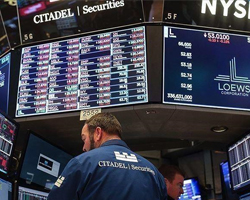Global Markets Reel from Cyber Outage: Stocks Plunge, Dollar and Treasury Yields Climb | Daily Market Analysis

Key events:
- Eurozone - Eurogroup Meetings
Global stock indices tumbled on Friday as a widespread cyber outage disrupted operations across various industries, shaking investor confidence. Concurrently, the dollar strengthened and Treasury yields rose.
The S&P 500 and Nasdaq experienced their most significant weekly percentage drops since April.
This outage affected services in sectors from airlines to banks to healthcare. Shares of cybersecurity firm CrowdStrike plummeted by 11.1% after an update to one of its products seemingly triggered the disruption, which impacted customers using Microsoft’s Windows Operating System. Despite the chaos, Microsoft saw only a slight decline of 0.7%.
The Dow Jones Industrial Average dropped 377.49 points, or 0.93%, to 40,287.53. The S&P 500 fell 39.59 points, or 0.71%, to 5,505.00, and the Nasdaq Composite decreased by 144.28 points, or 0.81%, to 17,726.94.
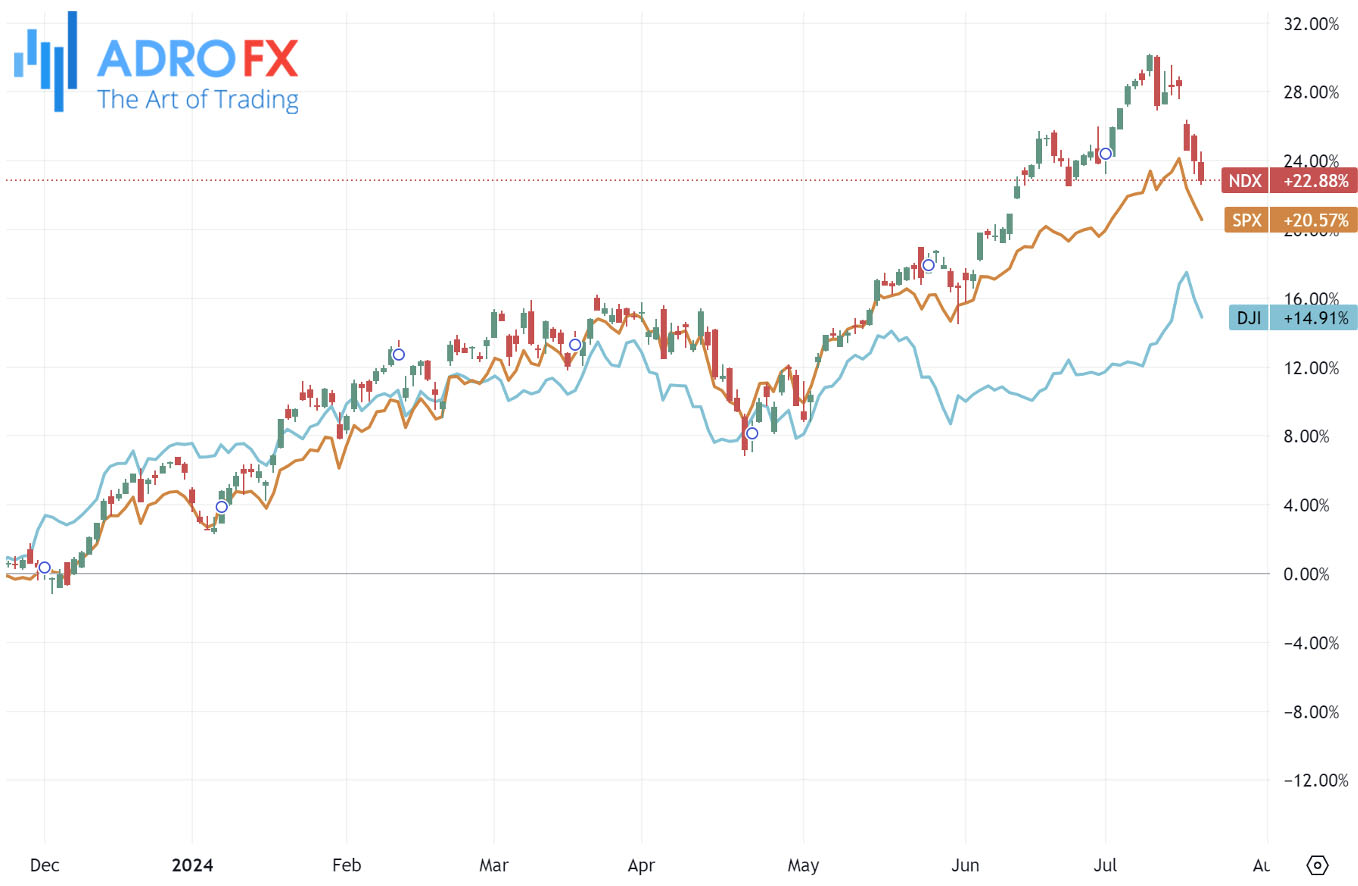
Investors are also preparing for key results in the US second-quarter earnings season in the coming weeks. Attention will be on megacap companies, as the S&P 500 technology sector declined by 5.1% this week with investors shifting to underperforming sectors of 2024.
Tesla and Alphabet, Google’s parent company, are set to report on Tuesday, initiating the earnings releases from the "Magnificent Seven" megacap stocks that have driven markets since early 2023. Microsoft and Apple are also scheduled to report this week.
The price of gold has attracted some buyers during the Asian session on Monday, halting a three-day corrective decline from the all-time peak reached last week. Expectations of a dovish Federal Reserve, coupled with US President Joe Biden's exit from the presidential race, have prompted some investors to unwind trades betting on a Trump victory. This has weakened the US Dollar and lent support to gold.

Additionally, concerns about slowing Chinese economic growth, geopolitical risks from the prolonged Russia-Ukraine war, and ongoing conflicts in the Middle East have further boosted the safe-haven appeal of gold. However, gold's upside is limited as traders await the release of the US Personal Consumption Expenditures Price Index data on Friday, which will provide clues about the Fed's policy path and influence the near-term direction of the non-yielding yellow metal.
The Japanese Yen remains under pressure, marking its third consecutive session of losses. Traders are looking ahead to the Bank of Japan’s policy meeting next week, where there is potential for an interest rate hike to bolster the JPY. Prime Minister Fumio Kishida has suggested that normalizing the central bank’s monetary policy could help shift Japan towards a growth-oriented economy. Speculative short positions in the Yen have begun to decrease following Japan's suspected Yen-buying intervention this month. These positions, including those held by hedge funds, have dropped to a net 151,072 contracts, the largest decline since May 7, as reported by the US Commodity Futures Trading Commission.
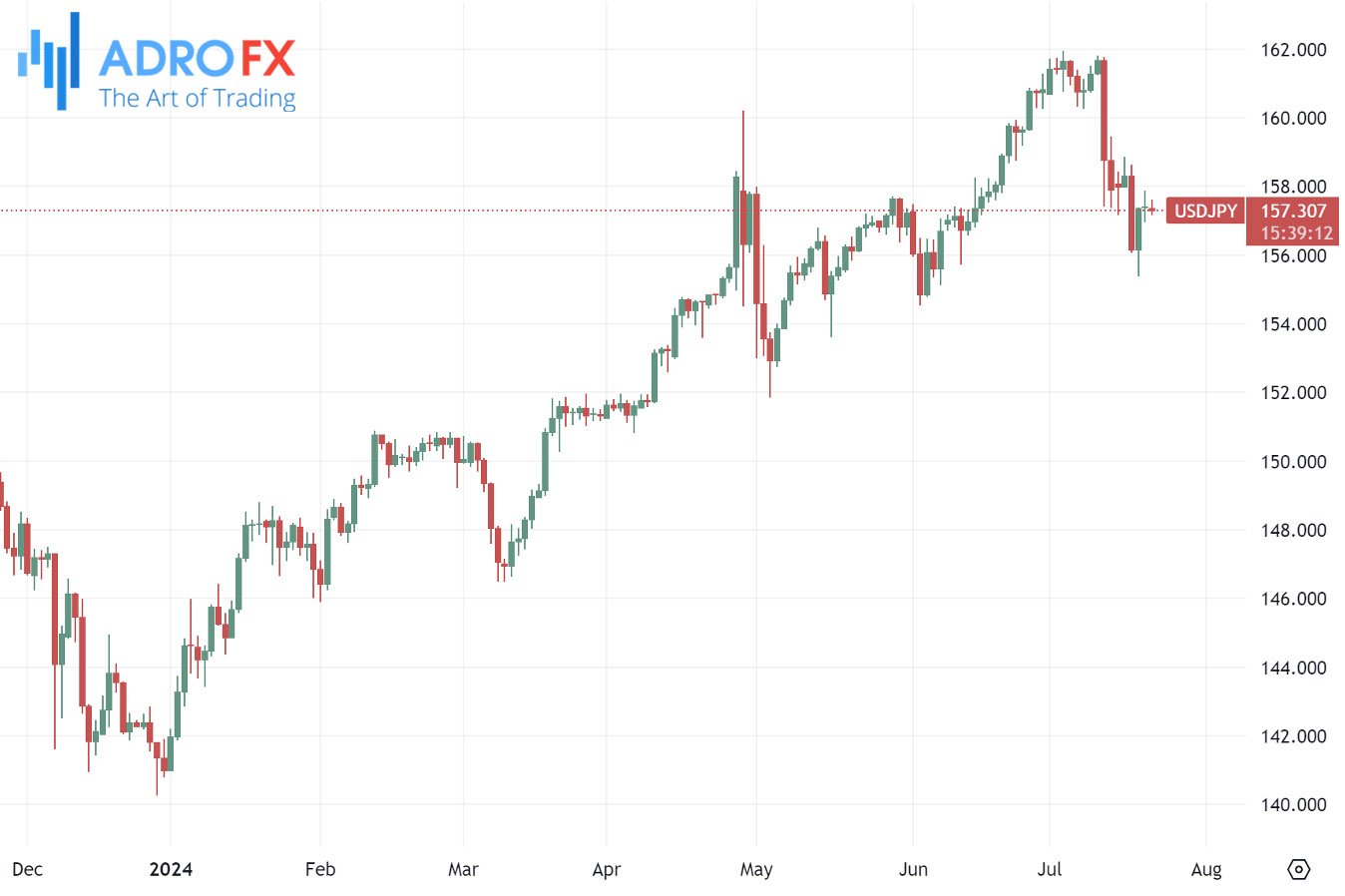
The Australian Dollar has been declining for six straight sessions. However, strong employment data indicating a tight labor market might limit further losses and raise concerns about a potential interest rate hike from the Reserve Bank of Australia. Investors are also watching the upcoming Australian manufacturing and services PMI figures to assess the economy's health.

The People’s Bank of China has cut the one- and five-year loan prime rates by ten basis points to 3.35% and 3.85%, respectively. Any changes in the Chinese economy could significantly affect Australian markets due to the close trade relationship between the two countries.
The NZD/USD pair has seen increased selling pressure after a brief uptick in the Asian session, marking its third consecutive day of decline and the fifth negative move in six days. This has pushed spot prices to their lowest level since May 14.
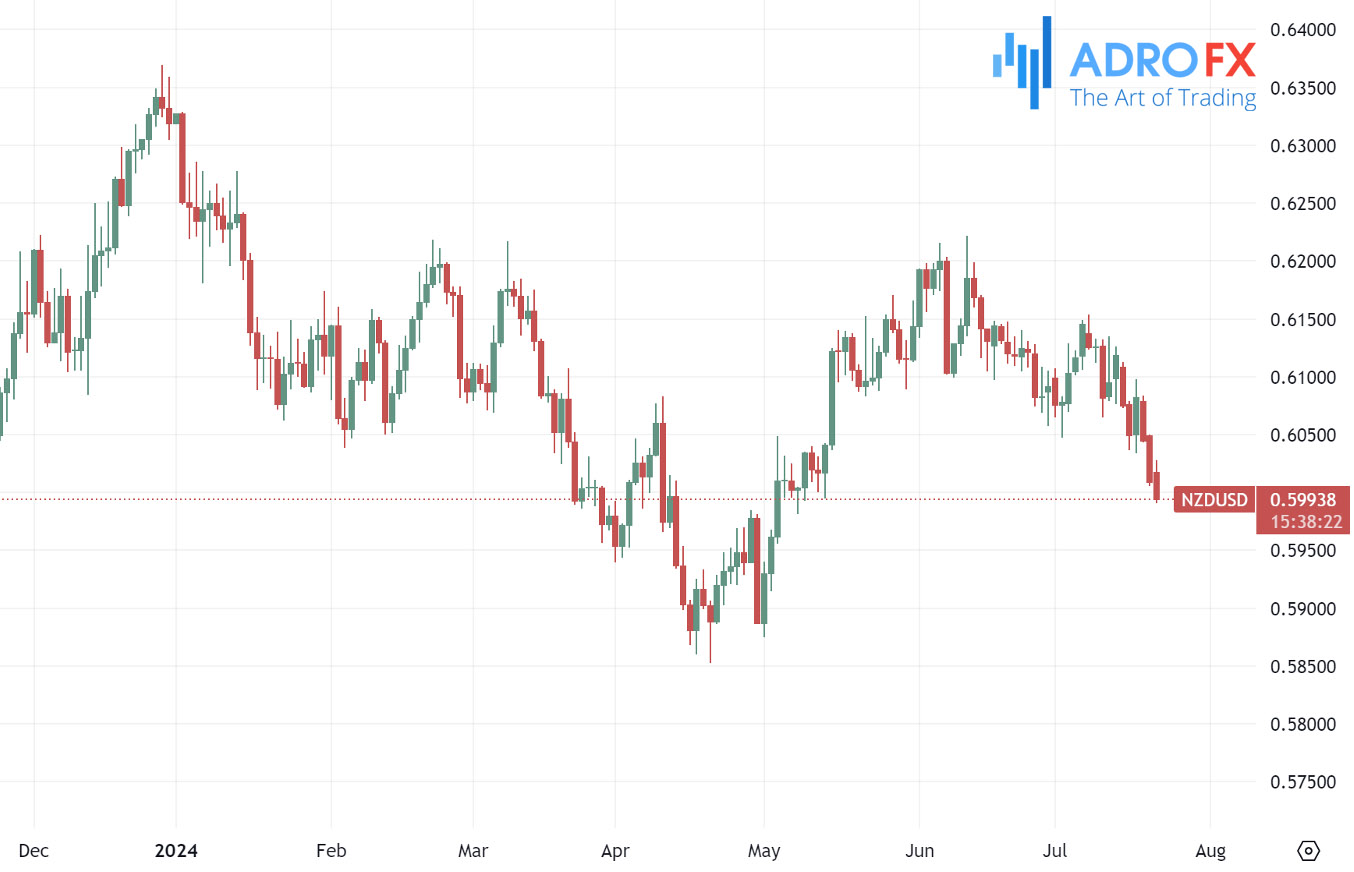
Bears are now eyeing a break below the 0.6000 psychological mark for further losses. The New Zealand Dollar continues to struggle due to expectations that the Reserve Bank of New Zealand will cut interest rates soon, following a weaker-than-expected CPI report. Additionally, concerns about a slowdown in China, the world’s second-largest economy, have reduced demand for antipodean currencies, including the Kiwi.
The GBP/USD pair has attracted buyers during the Asian session, pausing its corrective slide from the 1.3045 area, a one-year peak reached last week. Currently trading around the 1.2930 region, spot prices are up over 0.10% for the day but remain near a one-week low set last Friday.
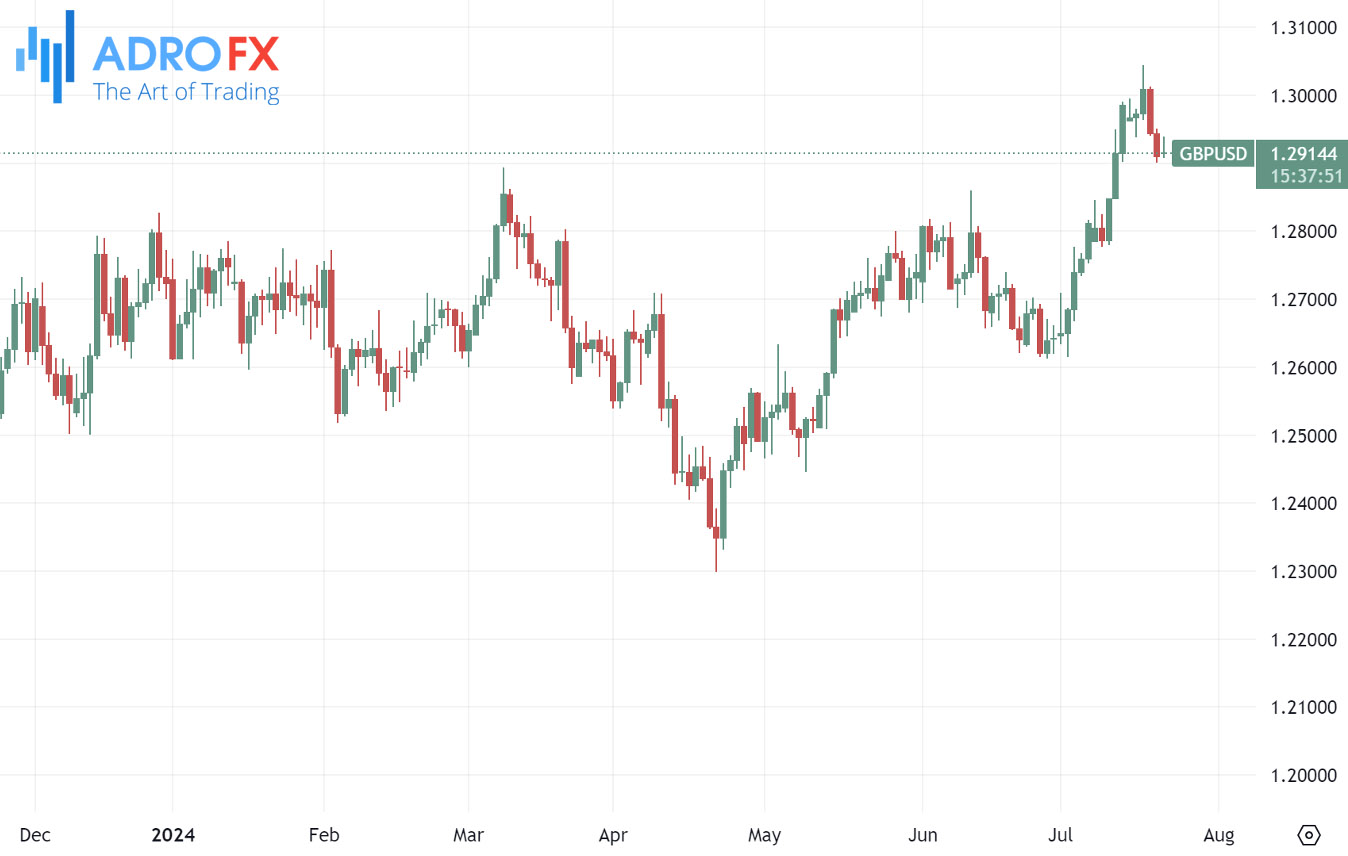
The British Pound finds support from reduced expectations of an interest rate cut by the Bank of England in August. BoE Chief Economist Huw Pill has emphasized that more work is needed to control inflation. Additionally, UK consumer inflation rose slightly more than expected by 2% YoY in June, along with better-than-expected GDP growth of 0.4% in May, leading investors to push back their expectations for an imminent rate cut.
With no significant economic data due for release on Monday, market focus will remain on US political developments, which will influence broader risk sentiment and impact the USD.
